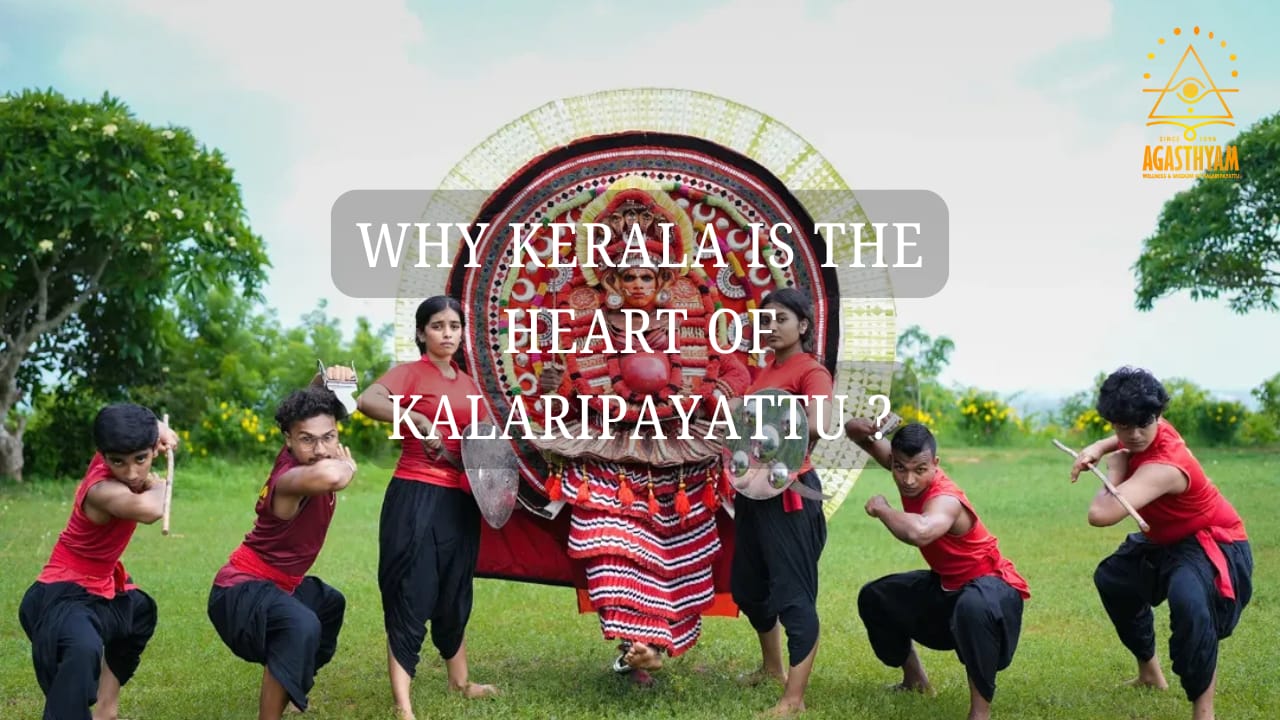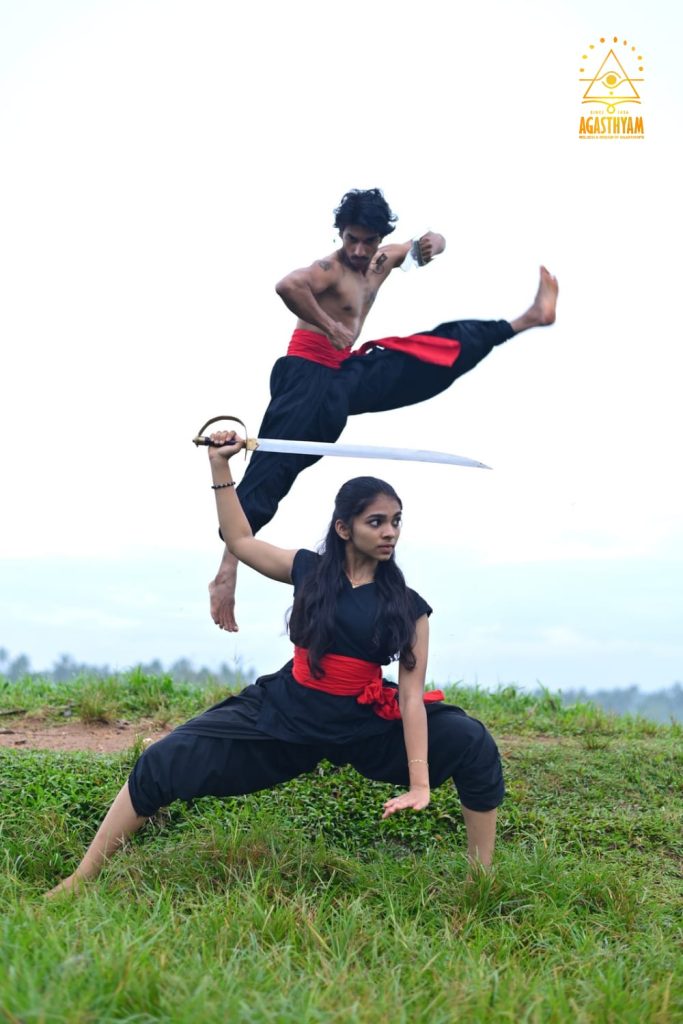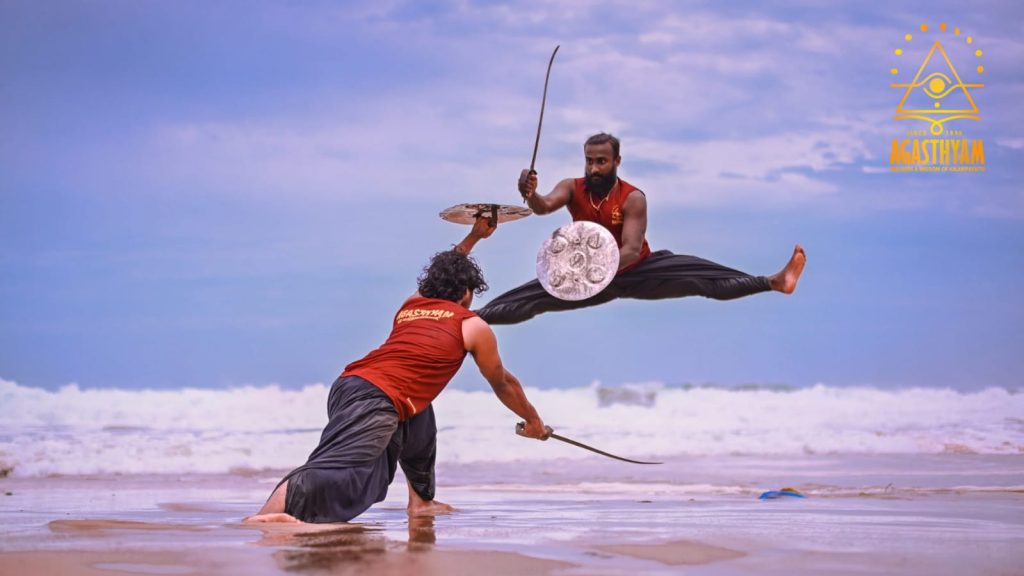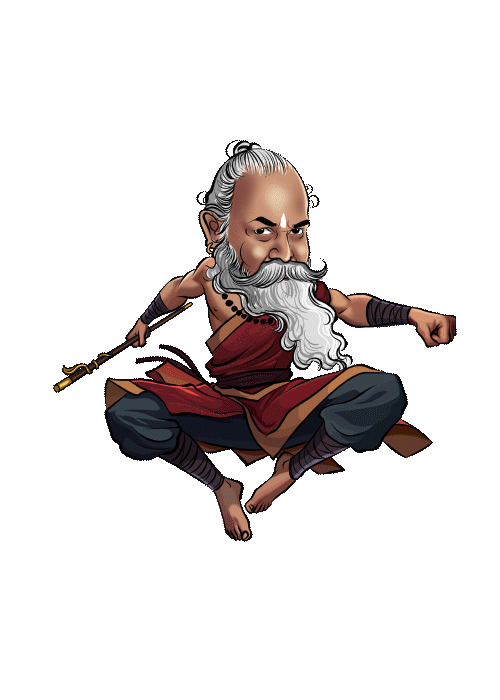
Kerala stands as the birthplace and living soul of Kalaripayattu, one of the oldest and most
dynamic martial arts in Kerala — and the world. Here, tradition meets discipline and grace
meets strength.
Far beyond physical combat, Kalaripayattu in Kerala represents a complete way of life —
connecting body, mind, and spirit through rhythmic movement, focus, and respect. From ancient
earthen training arenas to modern Kalari studios, this art form continues to flourish as a proud
symbol of Kerala’s heritage.
This article explores why Kerala remains the true home of Kalaripayattu — by tracing its origins,
traditional Kalari centers, cultural impact, and its place in modern life.
The Birthplace of an Ancient Martial Tradition
The origins of Kalaripayattu trace back thousands of years to Kerala, where warriors trained in
Kalaris — sacred ground-level arenas that embodied discipline and devotion. The word Kalari
means “battlefield” or “training space,” while Payattu translates to “practice” or “exercise.”
In these traditional pits, students developed not just strength and agility, but also mental clarity
and spiritual balance. The core philosophy was to master one’s self before confronting any
external challenge.
Kerala’s unique geography — lush forests, flowing rivers, and a warrior heritage — nurtured an
art form that celebrates both physical skill and inner harmony.

Traditional Kalari Spaces: Preserving Kerala’s Martial Soul
Across the state, hundreds of traditional Kalari training centers still maintain time-honored rituals
and teaching methods. These arenas, built sunken into the earth, symbolize humility, focus, and
connection with nature.
Every session begins with salutations to the Poothara (the sacred altar), followed by physical
conditioning, combat drills, and Marma (vital point) awareness. The training blends movement
with meditation, ensuring that power is always guided by discipline.
Why Traditional Kalaris Still Matter
● Guardians of Kerala’s ancient martial heritage, they preserve timeless wisdom.
● Through training, learners gain discipline, respect, and lasting resilience.
● The practice blends physical strength with mental clarity and spiritual balance.
Each Kalari — whether in a quiet village or urban neighborhood — acts as a living museum of
Kerala’s cultural and martial legacy.
Kalaripayattu and Kerala’s Cultural Identity
In Kerala, Kalaripayattu is more than just a martial discipline — it’s woven into the state’s
cultural fabric. Its influence can be seen in art forms such as Kathakali, Theyyam, and other
traditional performances that borrow postures, stances, and expressions from Kalari training.
The art also harmonizes with Kerala’s holistic lifestyle rooted in Ayurveda, Yoga, and Marma
Chikitsa (vital point healing). Through these connections, Kalaripayattu becomes not just a
system of defence, but a path to physical, emotional, and spiritual wellness.
Cultural Influence at a Glance
● Encourages discipline and respect for life.
● Inspires Kerala’s dance, theatre, and healing traditions.
● Reflects the spiritual strength that defines Kerala’s identity.
This deep interconnection between art, health, and heritage makes Kalaripayattu an
irreplaceable cultural treasure.
Modern Revival: From Ancient Training to Global Fitness
While the essence of Kalaripayattu remains rooted in history, its applications have evolved for
the modern world.
Contemporary training spaces across Kerala now integrate traditional Kalari principles with
modern fitness science.
Today, Kalaripayattu in Kerala is not limited to warriors — it’s embraced by athletes, dancers,
wellness seekers, and even fitness enthusiasts looking for holistic strength and flexibility.
Modern Adaptations Include:
● Fitness programs designed for endurance, posture, and agility.
● Stage performances that showcase martial grace and rhythm.
● Wellness retreats that combine Kalari techniques with mindfulness and yoga.
This evolution ensures that Kerala’s martial heritage remains alive, adaptable, and globally
recognized.

Kalaripayattu in Kerala’s Cultural Tourism
Kalaripayattu has become an integral part of Kerala’s cultural tourism identity. Visitors from
around the world come to experience live performances, short workshops, and heritage tours
that showcase this ancient art form.
From the backwaters to the hills, martial arts in Kerala are now presented as living traditions that
connect visitors with the region’s history and philosophy. These cultural experiences not only
fascinate travelers but also support local artists and preserve indigenous knowledge.
Tourism Impact Highlights
● Promotes Kerala as a global center of cultural learning.
● Supports the livelihood of local trainers and performers.
● Encourages international awareness of Kerala’s martial and healing arts.
The Living Spirit of Kerala
Kerala’s true strength lies in its ability to preserve tradition while embracing progress.
Kalaripayattu continues to evolve — inspiring young learners, empowering women, and
promoting wellness without losing its sacred roots.
In every Kalari training ground or stage performance, one can sense the heartbeat of Kerala —
a rhythm of discipline, devotion, and resilience.
Kerala Remains the Heart of Kalaripayattu Because:
● It is the birthplace of the art.
● Here people uphold the lineage with respect and dedication.
● Its culture celebrates discipline as a spiritual journey.
Kalaripayattu was born from Kerala’s soil — and that connection still runs deep today. From
ancient Kalari pits to modern studios, this martial art continues to represent the state’s identity,
spirit, and wisdom.
When you think of Kalaripayattu in Kerala, think beyond combat.
Think of it as a living expression of Kerala’s philosophy — a balance of body, mind, and soul
that continues to inspire the world.




